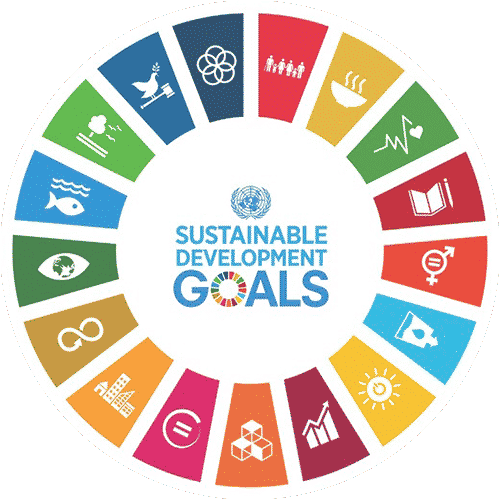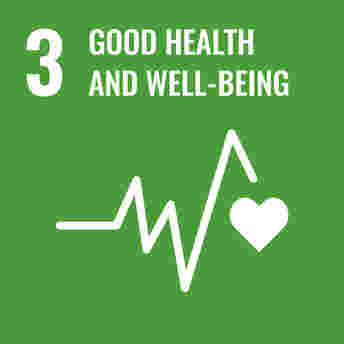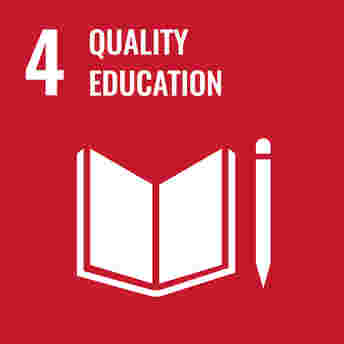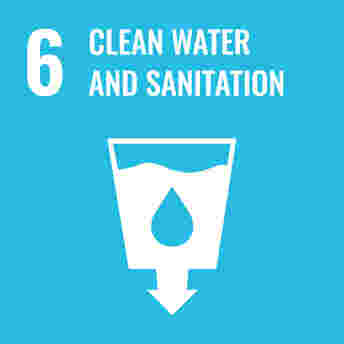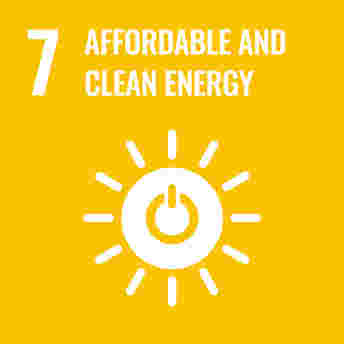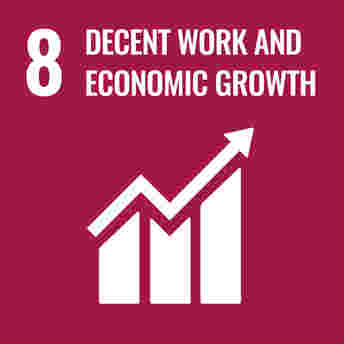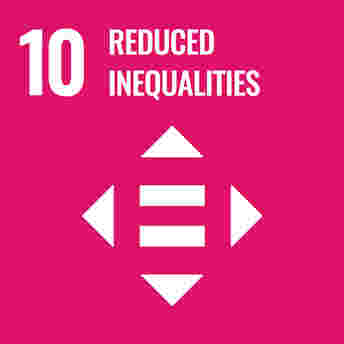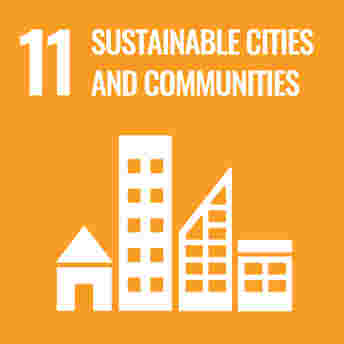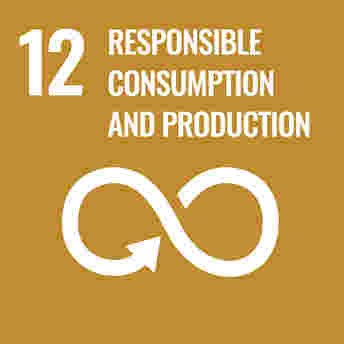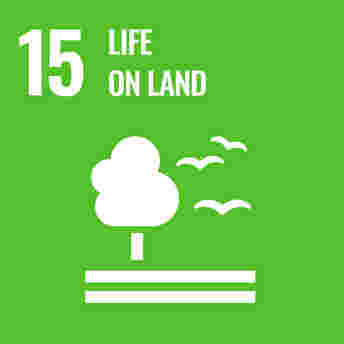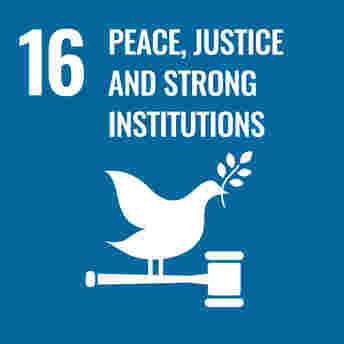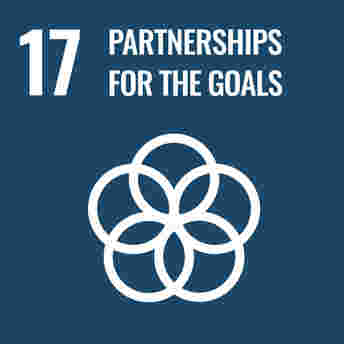17 goals that make the world a better place
What you need to know about the SDGs
What you need to know about the SDGs
The SDGs (Sustainable Development Goals) are seventeen goals to make the world a better place by 2030. The SDGs have been agreed by the countries that are members of the United Nations (UN). The goals came about based on global input from organizations and individuals.
The Sustainable Development Goals started in 2015 and will run until 2030. They are a global compass for challenges such as poverty, education and the climate crisis. They are the successors to the Millennium Development Goals, which ran from 2000 to 2015.
Behind the seventeen goals are 169 targets. They make them even more specific.
Check out the promo video below or visit the official UN website for more information.
As a volunteer center we naturally stand behind the goals and understand the power of a global compass as a catalyst for improvement. By linking the activities on our platform to these goals, we can quantify the value of volunteering and provide insight into the value of volunteers.
Find all opportunities per SDG
Click the SDG you find most important and contribute directly to that cause!
Click the SDG you find most important and contribute directly to that cause!
Question & Answer
Where do the SDGs come from?
In 2000, the countries of the United Nations (UN) agreed development goals for the entire world for the first time. Those were the eight Millennium Development Goals, which ran until 2015. The report of those 'MDGs' was mainly positive. For example, the goal of halving the number of people living in extreme poverty has been achieved. Other goals, such as reducing maternal and infant mortality, were not as successful.
During RIO+20, the UN summit for sustainable development in 2012, 'Sustainable Development Goals', the successors to the Millennium Development Goals, were discussed for the first time.
What's different about these goals?
The SDGs are much more ambitious than the eight Millennium Development Goals. The new development agenda applies to all countries. It is no longer just about aid from rich countries to poor countries.
The Sustainable Development Goals pay greater attention to peace and security, economic development and environmental issues. They also go beyond the Millennium Development Goals to completely eradicate poverty and hunger. The idea behind the SDGs is that no one is left behind and that everyone should be able to build a better future.
Moreover, the SDGs were not conceived exclusively within the walls of the UN. Everyone was allowed to talk about it. Via the online survey MyWorld, citizens could vote on topics that they considered important, something that was technically not possible at the time of the Millennium Development Goals in the year 2000. A UN working group of seventy countries eventually drew up the list of the seventeen goals that the 193 member states subsequently negotiated.
How are the goals funded?
Countries have agreed that funding for the SDGs should come not only from the public, but also from the private sector. Achieving the goals will cost a lot of money. The World Bank and the IMF are talking “not billions, but trillions”. Estimates range from $2 trillion to $4.5 trillion per year. Yet that is 'only' 4 percent of the global Gross National Product (GNP), the total of all services and products that are supplied and produced worldwide.
That price is not too bad if you look at what the SDGs can deliver. Think of the fight against climate change. The potential costs of the damage and loss of biodiversity if we do not take action are many times higher. The same applies to the fight against hunger: if children receive good nutrition in the first years of their lives, they will more than recoup that investment later in life. The report Better Business, Better World shows exactly how investments in the SDGs are giving the economy a boost.
Do the goals concern me?
The SDGs concern all countries in the world. Of course, the needs in the Malaysia are different than in some other countries, but here too there is still a lot of work to be done. Just think of the climate crisis, declining biodiversity and gender inequality.
Moreover, our actions here also have consequences beyond the borders. Clothes that you buy here often come from countries such as Bangladesh or Ethiopia or think of the exhaust gases that our cars produce. These contribute to global warming and lead to drought or more precipitation in other countries. Through your choices and actions, you can therefore contribute to achieving the SDGs, here and abroad.
How is Malaysia and Southeast Asia doing?
Although Malaysia has got the 'greens' for overall Quality Education (SDG4) and Decent Work & Economic Growth (SDG8), there are questions on how well our data is being tracked and analysed, or even captured accurately to begin with. Check out the SDG Index Report on Malaysia and for other SEA countries and see for yourselves!
Who do we need to achieve the SDGs?
The answer is: everyone. The sustainable goals are an excellent tool that connects everyone, from government to business, from civil society to citizens' initiatives. View the goals as a common language towards a sustainable society by 2030. And to achieve them, everyone will have to do their part.
